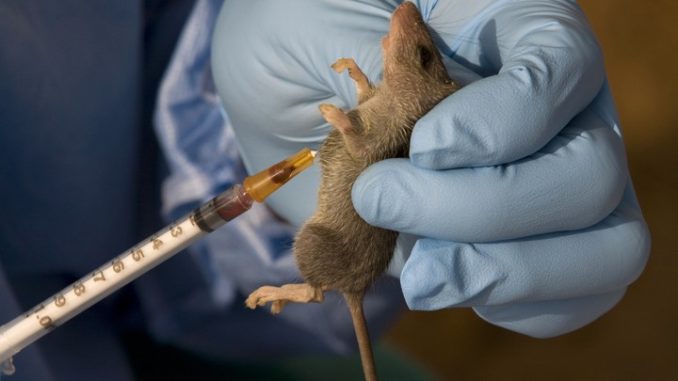
The Nigeria Centre for Disease Control and Prevention (NCDC) has reported a decline in confirmed Lassa fever cases for the fourth epidemiological week of 2025.
The centre, however, reported that the death toll from Lassa fever continued to climb, reaching 53 fatalities nationwide.
In its latest situation report via its official website, NCDC said 76 confirmed cases were recorded between January 20 and 26, a slight decrease from the 71 cases reported in the previous week.
NCDC said the cumulative data for 2025 showed 290 confirmed cases and 1,171 suspected cases across 10 states, with a case fatality rate (CFR) of 18.3 per cent.
It noted that this represented a marginal improvement compared to the 18.6 per cent CFR recorded during the same period in 2024.
The NCDC report highlighted that 75 per cent of all confirmed cases were concentrated in Ondo, Edo, and Bauchi states.
It said Ondo State led with 37 per cent of the total cases, followed by Edo with 21 per cent and Bauchi with 17 per cent.
“The disease has affected 54 local government areas across the country, with the predominant age group being 21 years to 30 years. The male-to-female ratio among confirmed cases is nearly equal at 1:0.9,” it said.
Despite the overall decline in new cases, the agency said it remained concerned about the rising death toll.
It attributed the death toll to the late presentation of cases, poor health-seeking behaviour due to the high cost of treatment, and inadequate environmental sanitation in high-burden communities.
In response to the outbreak, the NCDC said it had activated a multi-sectoral Incident Management System (IMS) to coordinate control efforts at all levels.
It said healthcare workers had also been trained in case management in high-burden states like Bauchi, Ebonyi, and Benue, with plans to expand training to Plateau and Taraba states.
The agency said Lassa fever treatment centres across the country had been equipped with essential response commodities, including personal protective equipment (PPE), Ribavirin, and infection prevention materials.
However, it outlined significant challenges, including poor awareness in high-risk communities and delayed case reporting, which continues to hinder effective outbreak control.
The NCDC urged Nigerians to remain vigilant and adopt preventive measures, like maintaining proper hygiene, storing food properly to avoid contamination by rodents, and seeking medical attention promptly if symptoms occurred.
Lassa fever is endemic in Nigeria, with outbreaks occurring almost yearly. It was first identified in 1969 in Lassa, Borno State.
